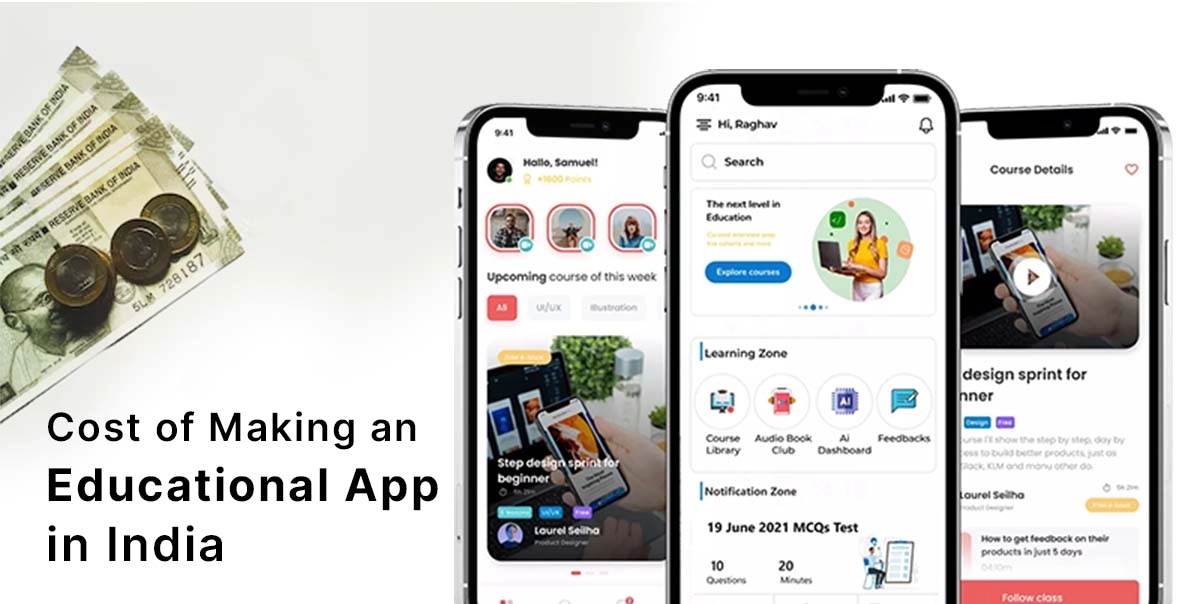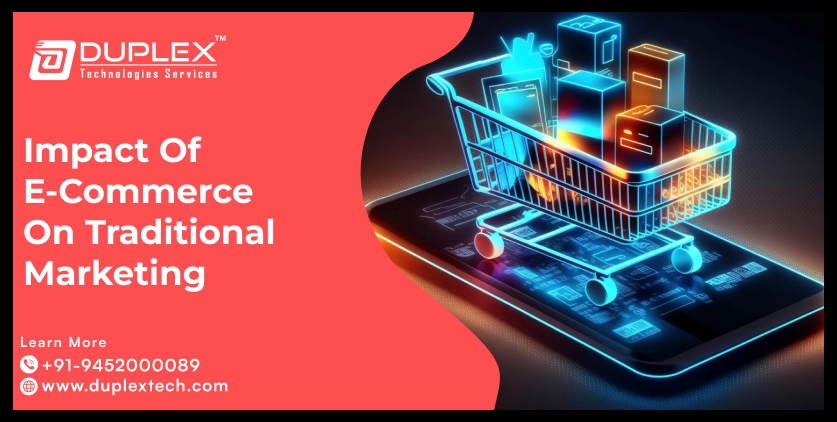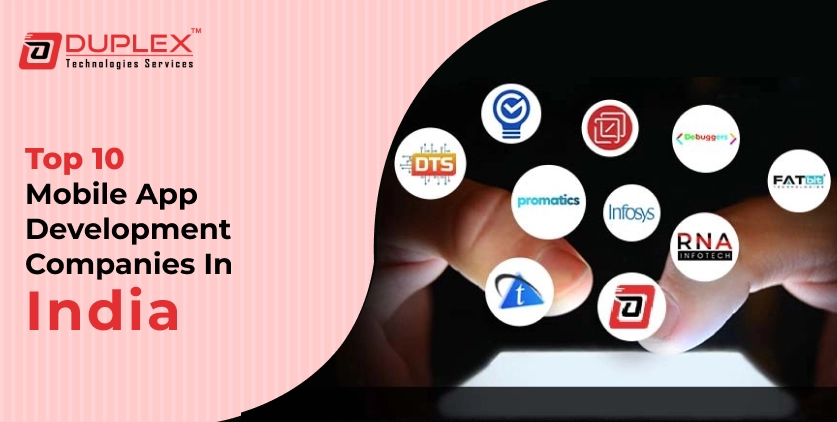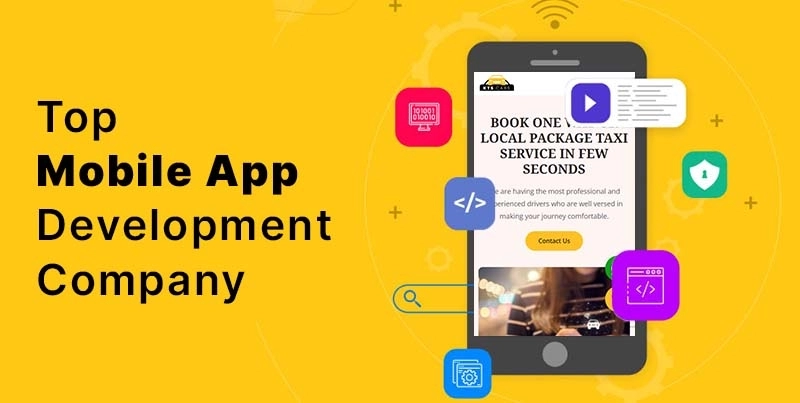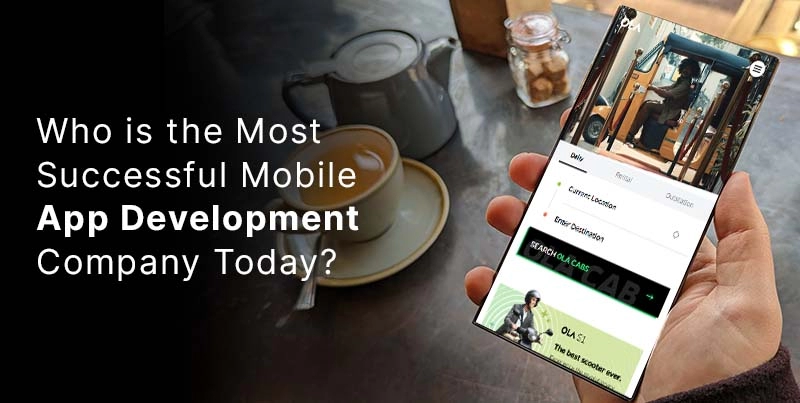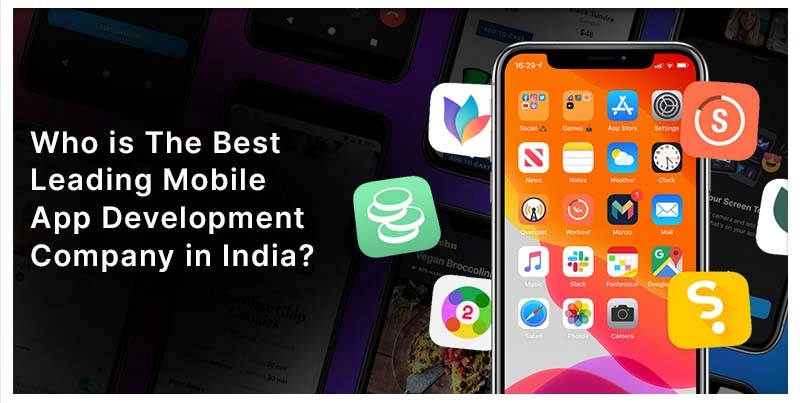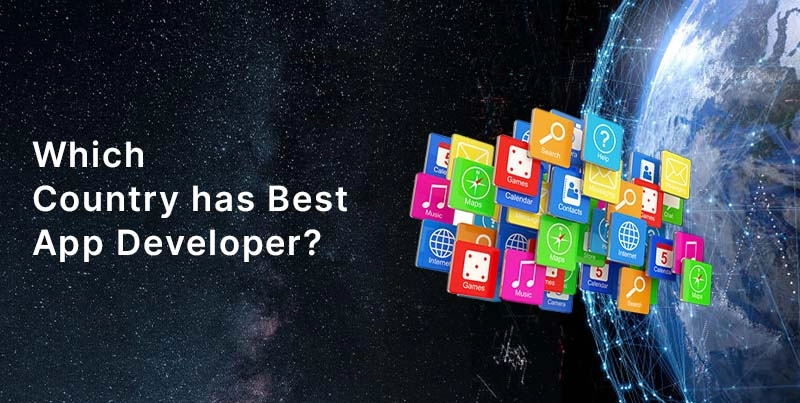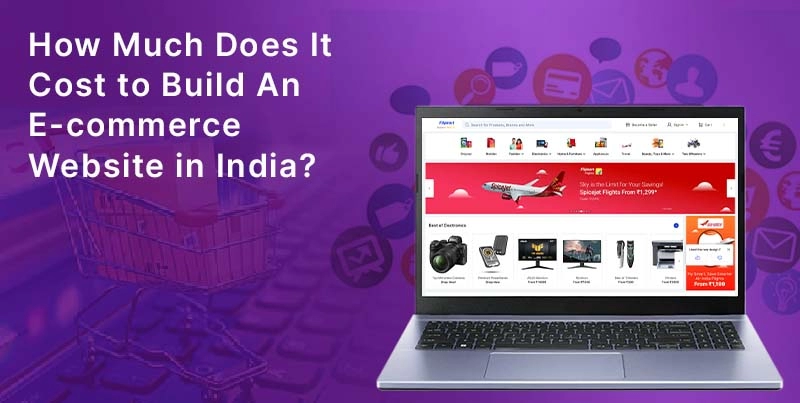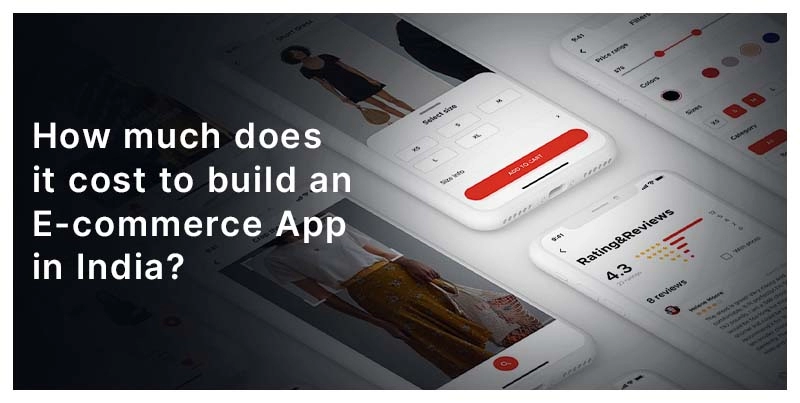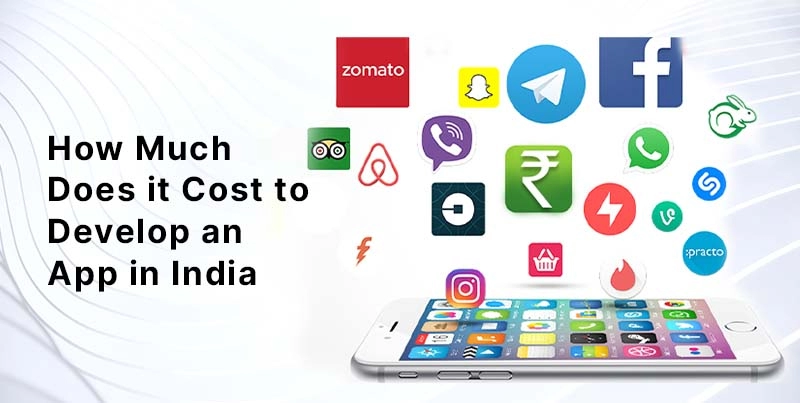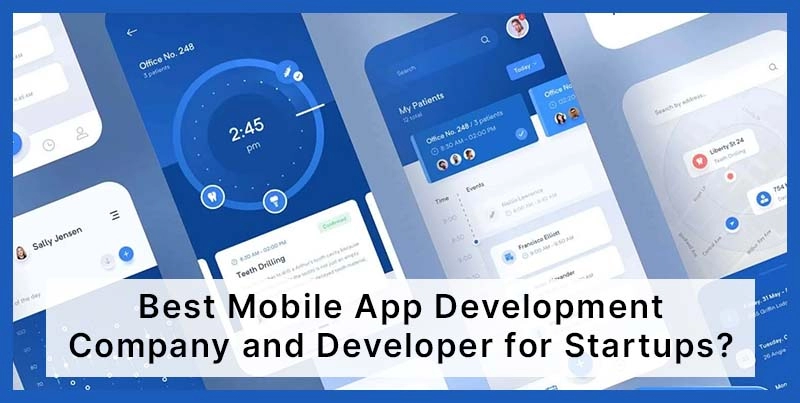How to Build an MVP and Raise Funding
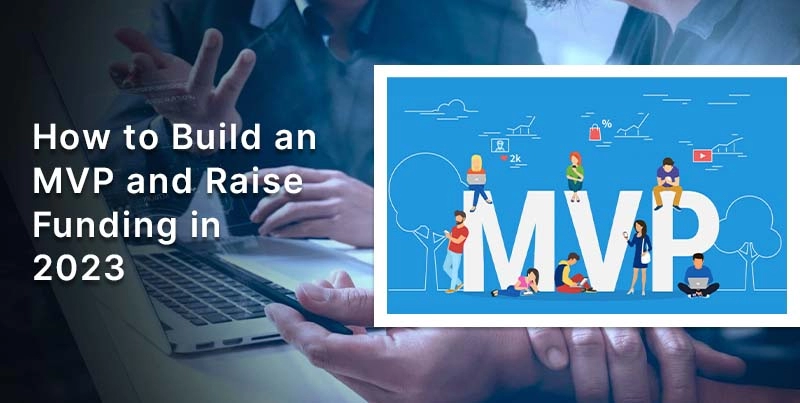
Posted By : Mr Ankit, Posted Date : Sep 06, 2023
What is MVP? Understanding The MVP Concept
MVP stands for Minimum Viable Product. It is a significant strategic approach that can drastically determine the future of your startup. At its core, an MVP is the simplest version of your product or service, designed with only the most essential features. The primary purpose of MVP is to validate your business idea, minimise risk, and gather valuable insights from real users.
In this ever-advancing world where there are limited resources and competition is fierce, MVPs act like a special weapon that protects your business standing. It allows you to test your concept in the real world, gain early adopters, and refine your product based on actual user feedback. MVPs act as an iterative approach by not only reducing the risk of failure but also positioning you to secure funding and improve your business scalability.
So, whether you're a perfectionist entrepreneur or a budding startup enthusiast, comprehension and making wise use of the power of MVPs can be your ticket to success in today's dynamic business landscape.
Table of Contents
How to build an MVP? A Step-by-step Guide to Building a Profitable MVP
Building a successful Minimum Viable Product (MVP) and raising funding can completely transform your journey of taking your startup to another level. Here we have tried to provide a concise, step-by-step guide in five prominent points to help you navigate this path conveniently that will drive success for you.
- Concept Development Clarity: You should always begin by defining an explicit vision for your MVP. Your focus should be on understanding the problem it solves and who your target audience is. Precisely, outline the core features that will address this problem in a crystal clear way. Who, what and why are the primary keywords.
- Market Validation: Make sure that before you dive into development you have validated your idea well. Focus on conducting market research, and gathering user feedback to ensure there is a genuine need for your product. This step shall aid in refining your concept and building something that resonates with the users are planning to target.
- Development Strategy: Another important point is choosing the right development approach—whether in-house, outsourcing, or using low-code platforms. You should be able to prioritise the essential features that go hand-in-hand with your MVP's purpose. Your focus should be on speed and efficiency.
- User-Centric Design: You should craft an intuitive user experience (UX) that enables you to cater well to your target audience's needs and preferences. The key is to create prototypes that will visualize the user journey and will help you in gathering feedback to keep on refining the design.
Prepare A Compelling Pitch: Funding preparation starts with a solid pitch that highlights your MVP's value proposition and market potential. Explore various funding options, including angel investors, venture capitalists, crowdfunding, or bootstrapping with personal savings. You should be ready to articulate your vision and demonstrate how the funding will accelerate your MVP's success.
Top 6 MVP Development Benefits
In the realm of tech startups and innovation, embracing a Minimum Viable Product (MVPles ) development approach is akin to unleashing a secret weapon. MVPs offer a plethora of benefits that can transform your business vision into a reality while mitigating risks and conserving resources. Let's dive into the top MVP development benefits:
1. Faster Time to Market
MVPs prioritise speed and efficiency. By focusing on essential features, you can launch your product or service quicker, gaining a competitive edge in the market.
2. User-Centric Validation
MVPs allow you to test your concept with real users. Their feedback and insights help validate your idea, ensuring that your final product aligns perfectly with user needs.
3. Cost Efficiency
By building only the core features, you save resources. This cost-effective approach is particularly vital for startups with limited budgets.
4. Reduced Risk
MVPs act as a safety net. They minimize the risk of investing heavily in a product or service that might not resonate with your target audience.
5. Data-Driven Decision Making
With an MVP, you collect valuable data and user feedback early on. This data empowers you to make informed decisions and iterate your product for better market fit.
6. Attracting Investors
Investors often prefer startups with validated MVPs. It demonstrates that you've done your homework and have a higher chance of success.
In a world where innovation reigns supreme, leveraging MVP development benefits is not just an option—it's a necessity. By embracing the MVP philosophy, you can expedite your journey from concept to market success while ensuring your product meets the demands of your audience.
Some Real World Examples of Companies that Used MVPs
In the dynamic landscape of entrepreneurship, stories of success often start with the humble beginnings of a Minimum Viable Product (MVP). Let's delve into real-world examples of companies that not only embraced the MVP concept but also redefined industries and left an indelible mark on the business world.
1. Dropbox: Revolutionizing Cloud Storage
Dropbox, before becoming a household name in cloud storage, began as a nominal MVP—a very basic file-sharing tool with a minimalistic interface. The MVP allowed its founders to validate their idea and attract user interest. Today with the help of MVP, Dropbox boasts millions of users worldwide and shines as a profitable venture.
2. Airbnb: Rethinking Travel Accommodation
Very similarly, Airbnb's journey started again with a simple MVP—an air mattress on the founders' living room floor. Gradually by testing their concept and gathering user feedback, they were able to transform their idea into a global phenomenon that offered unique accommodations worldwide and turned it into a highly renowned brand.
3. Instagram: Capturing Moments with Simplicity
Instagram too began as an MVP focused, solely sticking to photo sharing. Its rapid growth and increasing user engagement prompted Facebook to acquire it for $1 billion. Instagram's success is yet again a testament to the power of starting small and iterating to millions.
4. Spotify: Redefining Music Streaming
Before it became a music streaming giant, Spotify launched an MVP with a basic music player and a freemium model. The MVP allowed them to refine their platform, making it a global leader in the music streaming industry.
5. Uber: Transforming Transportation
Uber's MVP was a simple mobile app connecting users with local drivers. By testing the concept in a single city, they fine-tuned their service, leading to global expansion and disrupting the traditional taxi industry.
These real-world examples demonstrate the transformative potential of MVPs. By starting small, gathering user feedback, and iterating, these companies not only validated their concepts but also reshaped industries. Their journeys underscore the power of embracing MVP development company in the quest for entrepreneurial success.
How to Find Investors to Raise Funding on Your MVP?
Raising funds for your Minimum Viable Product (MVP) is a significant phase in your startup journey. It acts like a magic wand that can turn your innovative concept into a tangible reality. Here we have tried to outline five prominent steps that can aid you in finding the right investors for your MVP:
Define Your Funding Needs and Strategy
Begin by calculating the precise amount you need to develop and launch your MVP. Understand your funding requirements, including development costs, marketing, and operational expenses. Develop a clear funding strategy that aligns with your MVP's growth trajectory.
Identify Your Investor Profile
Determine the type of investors who are most likely to resonate with your MVP and industry. Are you seeking angel investors, venture capitalists, or crowdfunding from a community of supporters? Knowing your target investor profile is essential for effective outreach.
Build a Compelling Pitch
The utmost importance is to create a compelling pitch that clearly articulates your MVP's value proposition, market potential, and your team's competence. Investors want to see a viable business model and a path to profitability. Your pitch should reflect your vision and the problem your MVP addresses.
Leverage Networking and Platforms
Engage in networking events, startup meetups, and industry conferences to connect with potential investors. Online platforms like Angellist, Crunchbase, and crowdfunding sites can also be valuable for investor outreach. Build relationships and pitch your MVP confidently.
Seek Mentorship and Guidance
Consider seeking mentorship from experienced entrepreneurs who have successfully raised funds for their startups. They can provide valuable insights and introductions to potential investors. Additionally, engage with startup accelerators and incubators that often have investor networks.
Collaborate with Duplex Technologies for Your MVP Development
MVP is a crucial step for your journey that can lead your business to a pedestal of continuous growth and maximise your profits. However, make sure that you collaborate for a successful MVP development with a trusted brand like Duplex Technologies. Our team is readily available to assist you with all your queries and help and at every step in formulating an MVP that aligns well with your objectives, makes a distinctive approach to the market and the target audience and ultimately helps you raise handsome funding. So what’s the wait for get ready to skyrocket your startup journey now!

